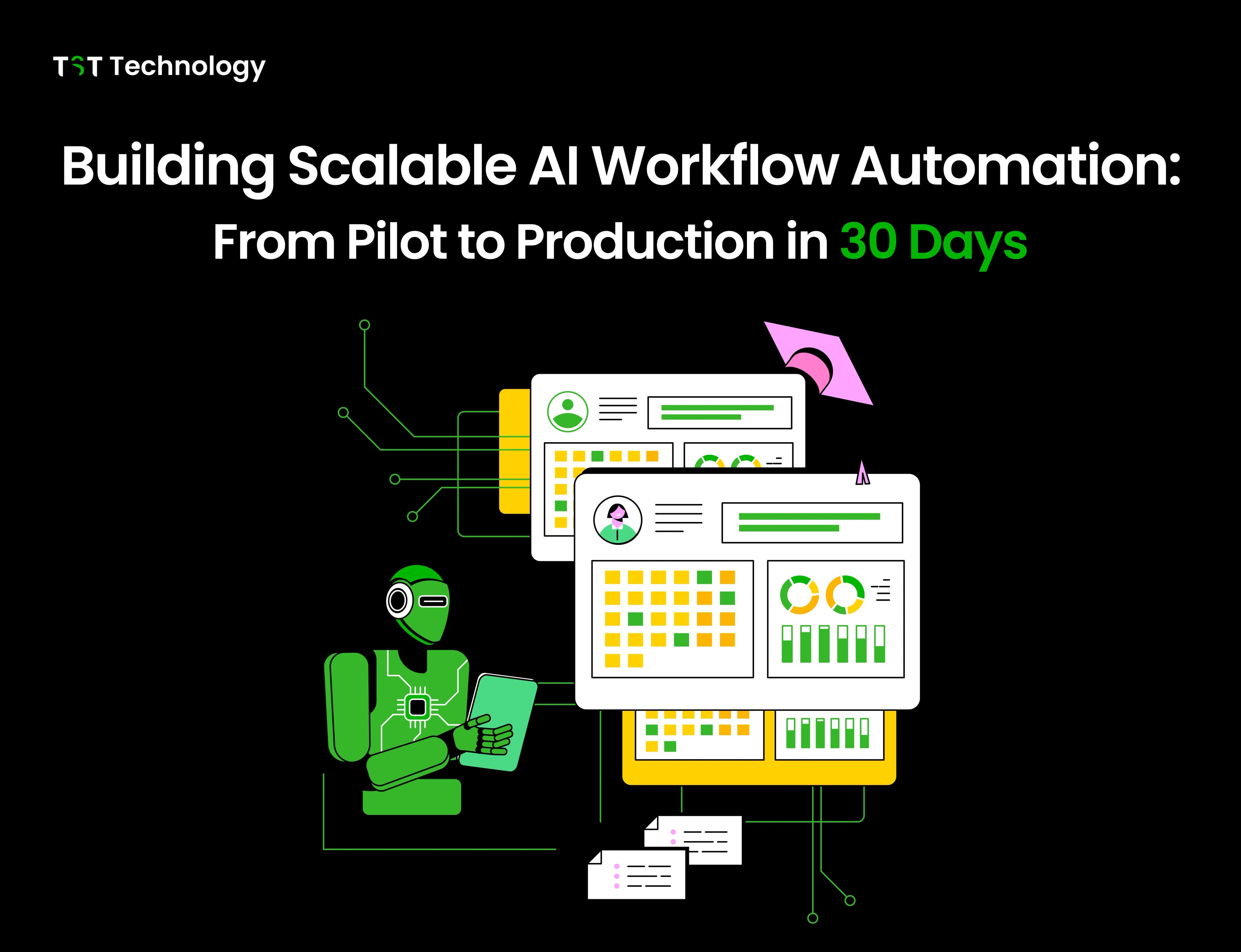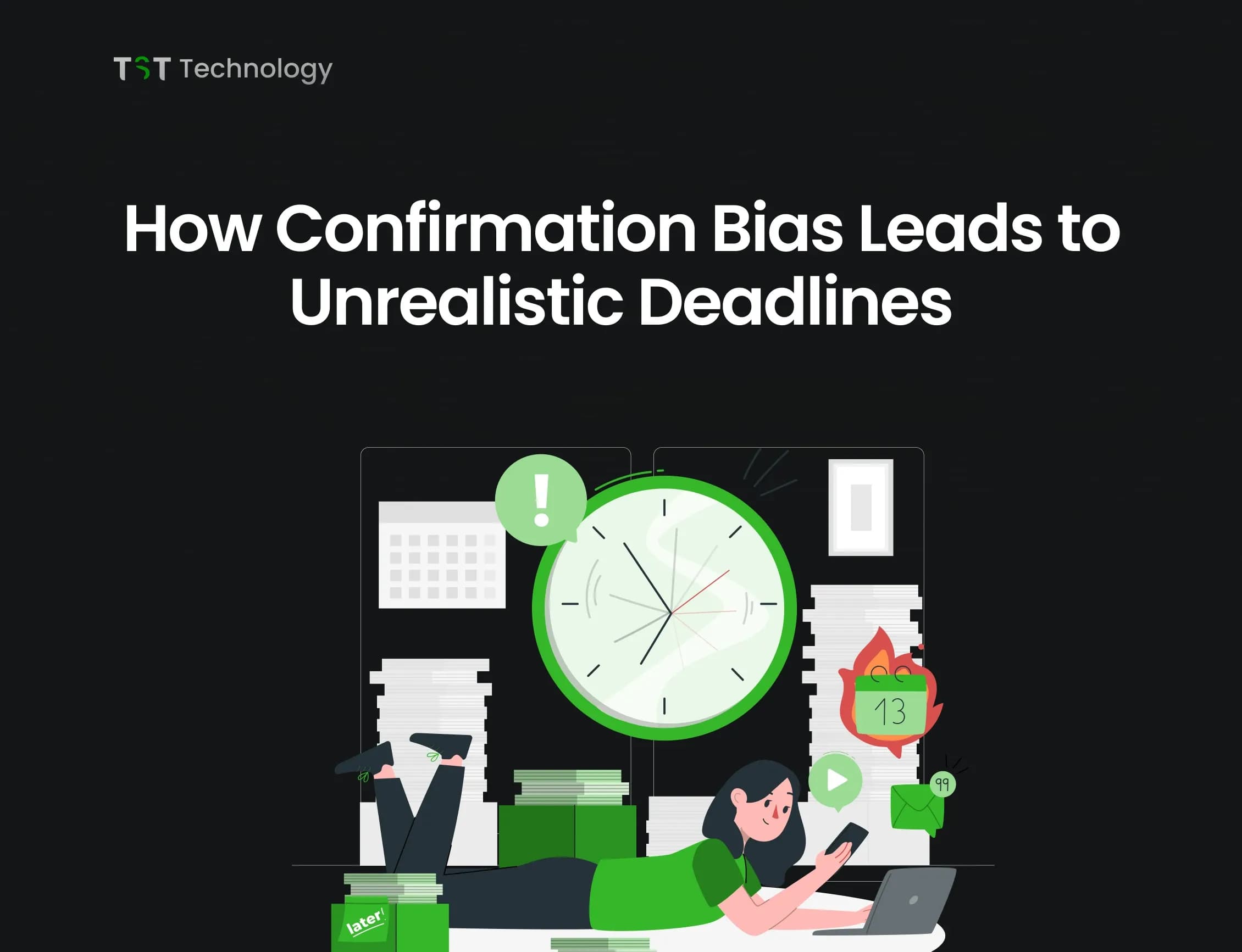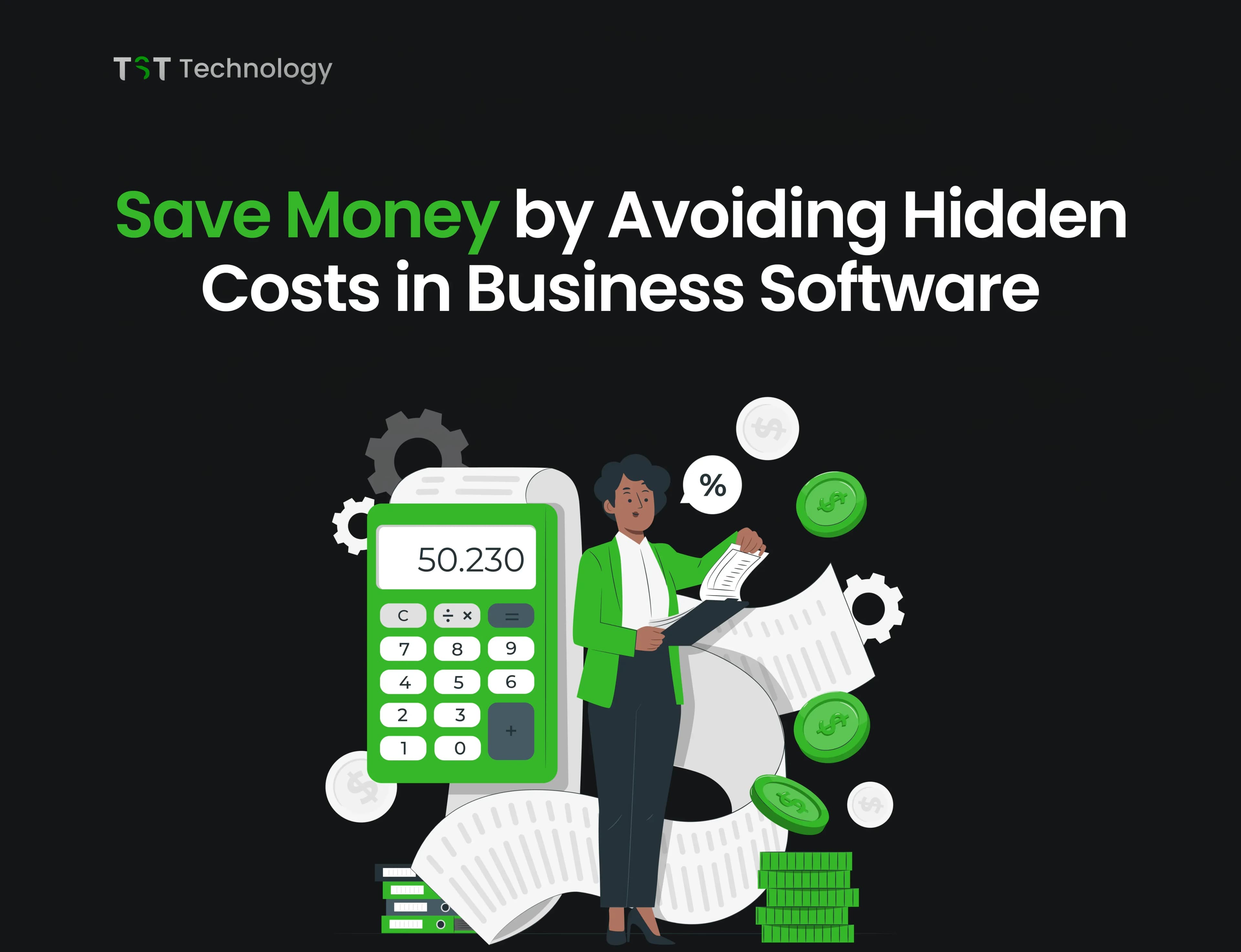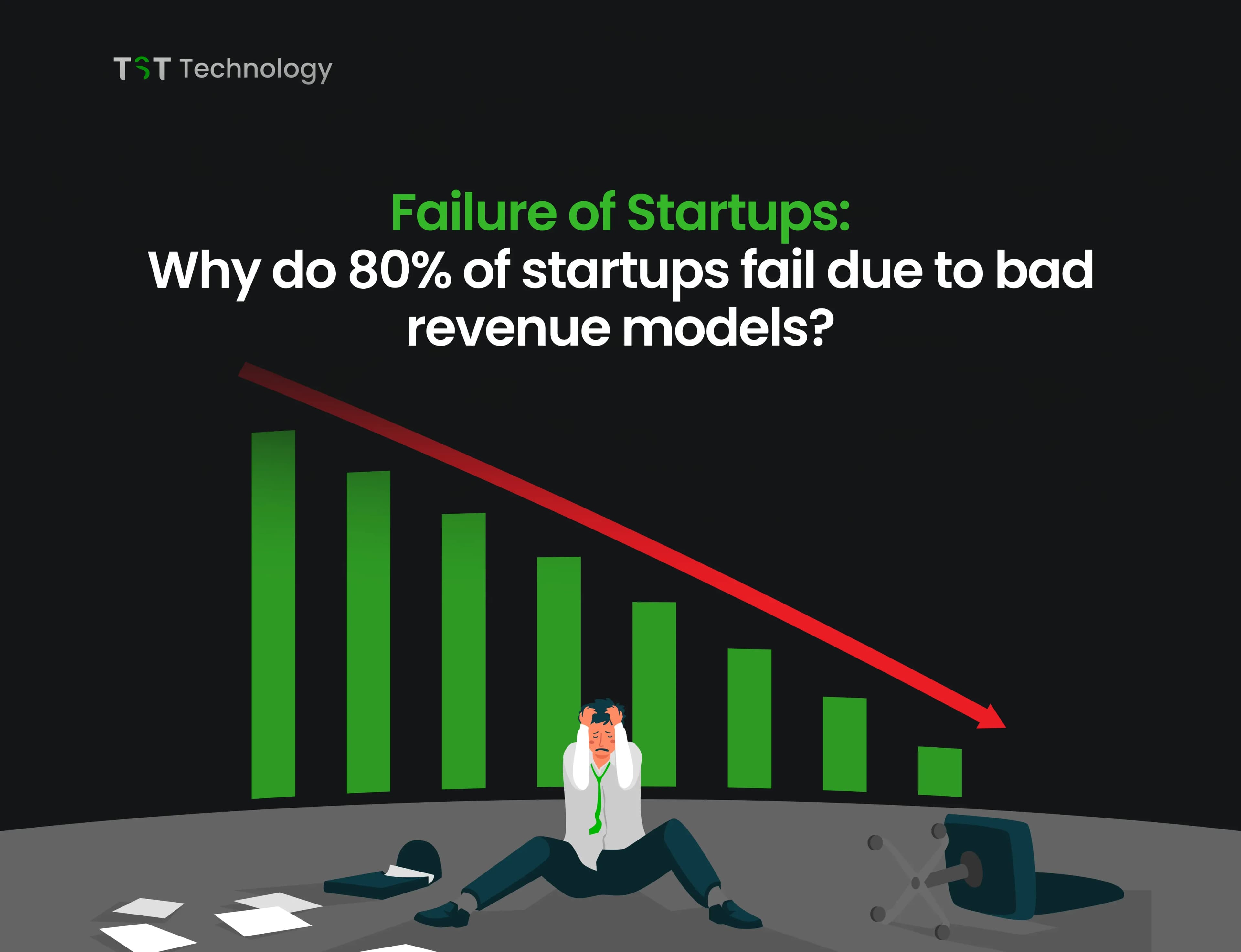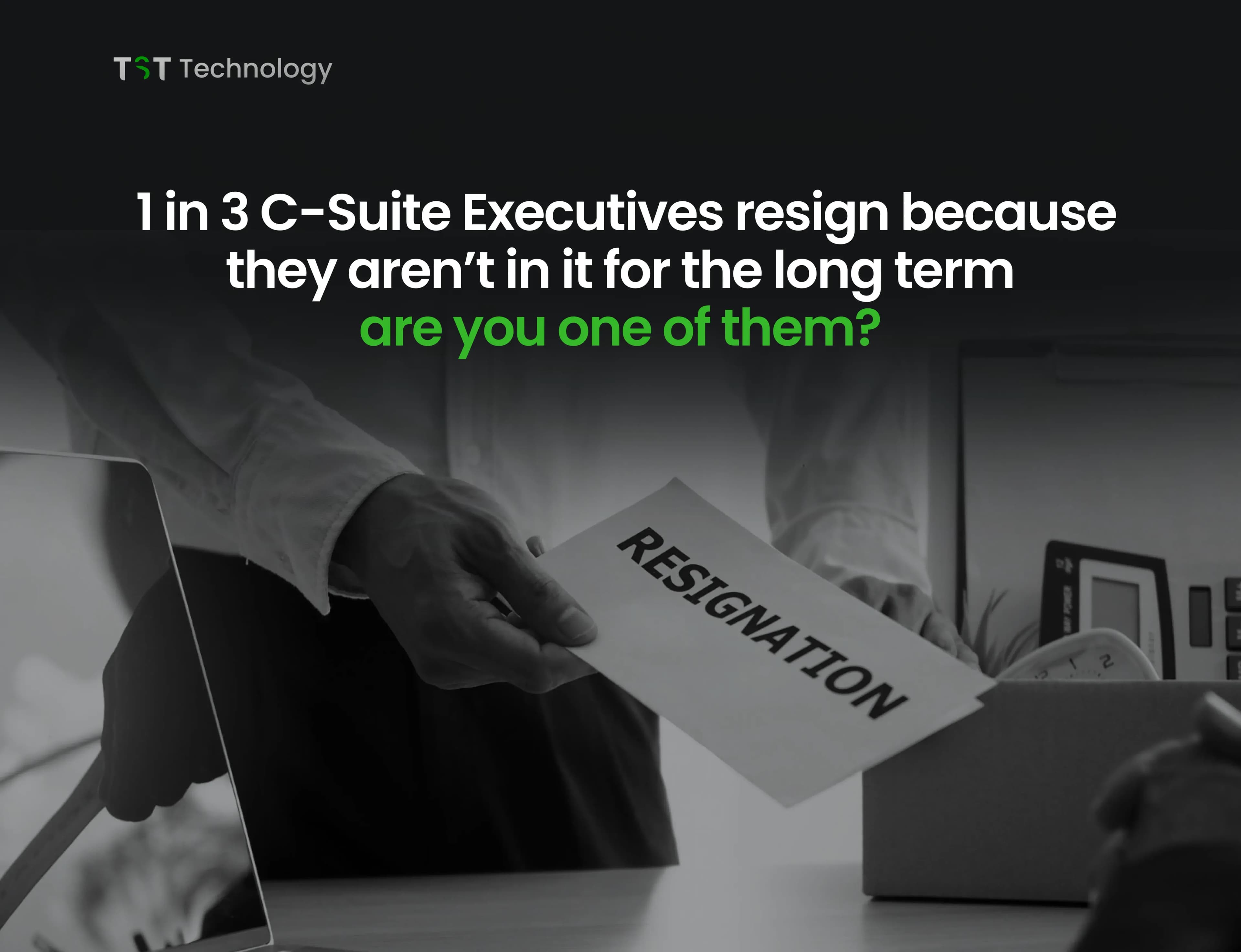Have you ever thought about how small mistakes can sometimes lead to big problems?
Human errors are a common part of our everyday work and life. Whether it's a small typing mistake or forgetting to complete a crucial step, these errors can sometimes have unexpected consequences, often resulting in business financial losses.
The real question is: why do we make these errors, and how can we minimize them? Often, simple distractions, stress, or multitasking lead to human mistakes. However, understanding why they happen is the first step towards reducing them and preventing the cost of mistakes in companies.
Impact of loss of human resources: $3.1 trillion in losses every year

Every business faces huge financial losses due to human errors. Like, mistakes are made everywhere, but when we talk about the business environment, every decision and action here has a direct impact on profits.
Even if there is a wrong data entry, typo error, or miscommunication, it can have a bad impact on the entire system.
$3.1 trillion loss from human crimes
- The annual loss of $3.1 trillion is a huge amount, which shows how every year, companies in different industries have to face losses due to small human mistakes. This should alert every company that the impact of a small human error can be very serious, and sometimes it can even destroy the reputation of the business.
Example:
- In 2005, Mizuho Securities only intended to offer one share for 610,000 yen, but instead, they sold 610,000 shares for just 1 yen. This typographical blunder resulted in a single wrong figure costing the company $225 million. Think of the harm that even a tiny numerical miscalculation may cause!
We understand that sometimes small human errors can lead to huge financial losses in the corporate world.
Famous Examples of Costly Human Errors
There are some real-world examples that clearly show that mistakes are sometimes very costly. From these cases, we can learn how important it is for every company to pay attention to its processes and checks.
1. Mizuho Securities' $225 Million Loss (2005)

- Here, just a small typing mistake happened in which the wrong number was entered. The result was that the company sold its shares at the wrong price and suffered a loss of $225 million. This means that being completely dependent on manual data entry can sometimes be a risk.
2. NASA's $125 Million Mars Climate Orbiter Loss (1999)

- A NASA satellite that was sent toward Mars made a wrong conversion error in its programming. That means there is confusion between metric units and imperial units. This small mistake caused a loss of $125 million and the entire mission failed. This is an example of how important it is for even top professionals to pay attention to precision.
3. Knight Capital’s $460 Million Trading Glitch (2012)

- Knight Capital was a financial services company that suffered a loss of $440 million in just 45 minutes due to a simple software glitch. This mistake became so common that the company eventually had to be acquired. This case tells us that if software testing and systems are not proper, even the smallest glitch can bankrupt a company.
4. British Airways IT Failure: $102 Million Loss (2017)

- British Airways faced a power outage in its IT system, disrupting its entire operation, impacting 75,000 passengers, and causing a loss of $102 million. All this happened due to human error, and after this incident, the reputation of the airline was also badly affected.
5. Volkswagen’s Emissions Scandal: $30 Billion Loss (2015)

- Volkswagen used rogue software to cheat emissions tests, ignoring regulatory compliance. The result was that they suffered a loss of $30 billion, which included fines, lawsuits, and settlements. This is a classic example of human error, where ignoring compliance can cause huge damage.
6. Target’s Data Breach: $162 Million Loss (2013)

- A human error in Target's cybersecurity led to a massive data breach, in which the personal data of millions of customers was leaked. The breach cost them $162 million in legal fees and settlement losses. This case shows how human error can cause many mistakes in an important domain like cybersecurity.
Top Strategies for Reducing Human Mistakes in Business
To avoid these huge losses, every company should adopt some important strategies to avoid human errors:

1. Invest in Automation
- Manual tasks are quite risky, as there are always chances of human error. You can automate routine tasks using Robotic Process Automation (RPA), reducing errors by up to 50%. Automation improves efficiency and reduces human errors.
2. Double-Check Systems
- By using tools like data validation and conditional formatting, you can prevent human errors in critical tasks. Before executing every task, there should be a double-checking mechanism that can identify errors.
3. To enhance employee training
- Regular employee training is an effective method of avoiding human errors. When employees are aware of common pitfalls, errors naturally reduce. With training, companies are able to reduce human-factor-related errors by up to 25%.
4. Use Technology for Data Entry
- Nowadays, tools like Artificial Intelligence (AI) and Optical Character Recognition (OCR), such as an image-to-text converter, are available, which make data entry accurate by minimizing human involvement. The use of AI-based systems has the potential to achieve up to 90% accuracy, which is much better than manual methods.
5. Conduct Strong Audits
- Regular audits and internal controls should be an integral part of every business. This allows you to detect mistakes and correct them before they cause major damage.
6. Building an Accountability Culture
- When you make employees responsible for their work, the chance of mistakes is reduced. When employees take responsibility for their work, overall errors can be reduced by up to 60%.
Conclusion
Human errors are a big challenge for every business. Even a small mistake can cause a loss of millions or billions, whether it is a typing mistake or a software glitch. Corporate error statistics show that these mistakes can significantly impact a company's bottom line. But, you must take proactive measures such as implementing automation, employee training, and error detection systems. With this, you can save your company from major losses.
You can save your company from becoming the next cautionary tale by learning from past human error examples in companies and strengthening your processes. Remember, prevention is always better than a cure!
Bye-bye! Until then, take care and remember to apply these strategies. We’ll meet again soon in the next informative blog post.







